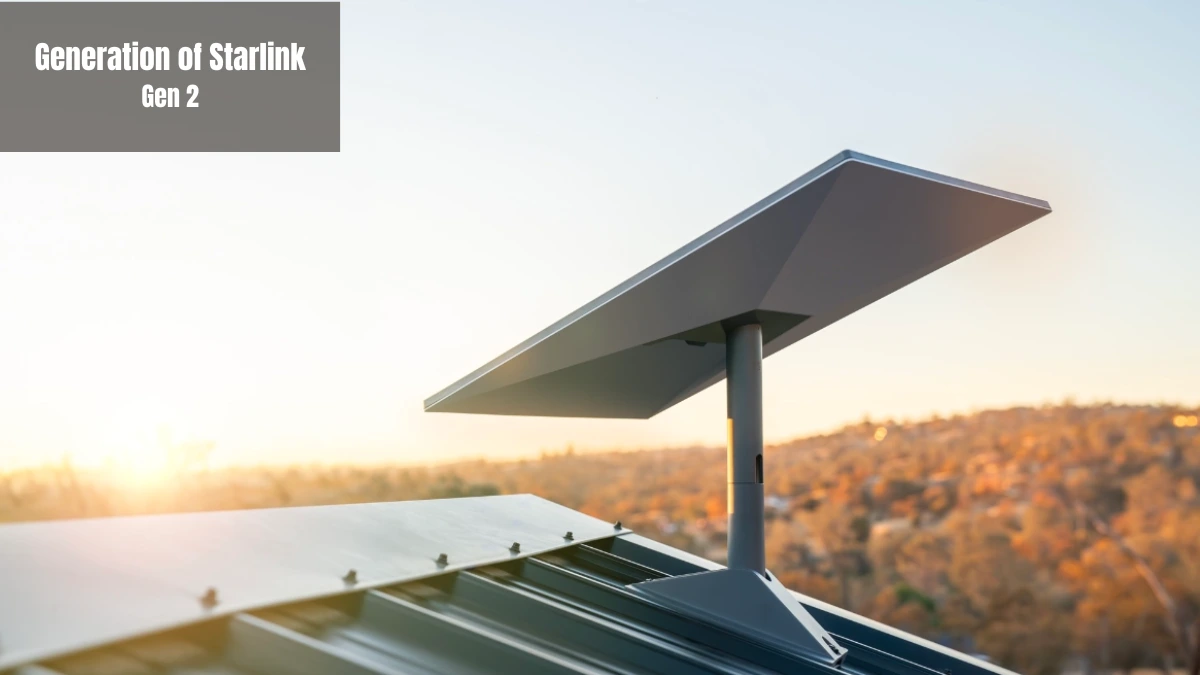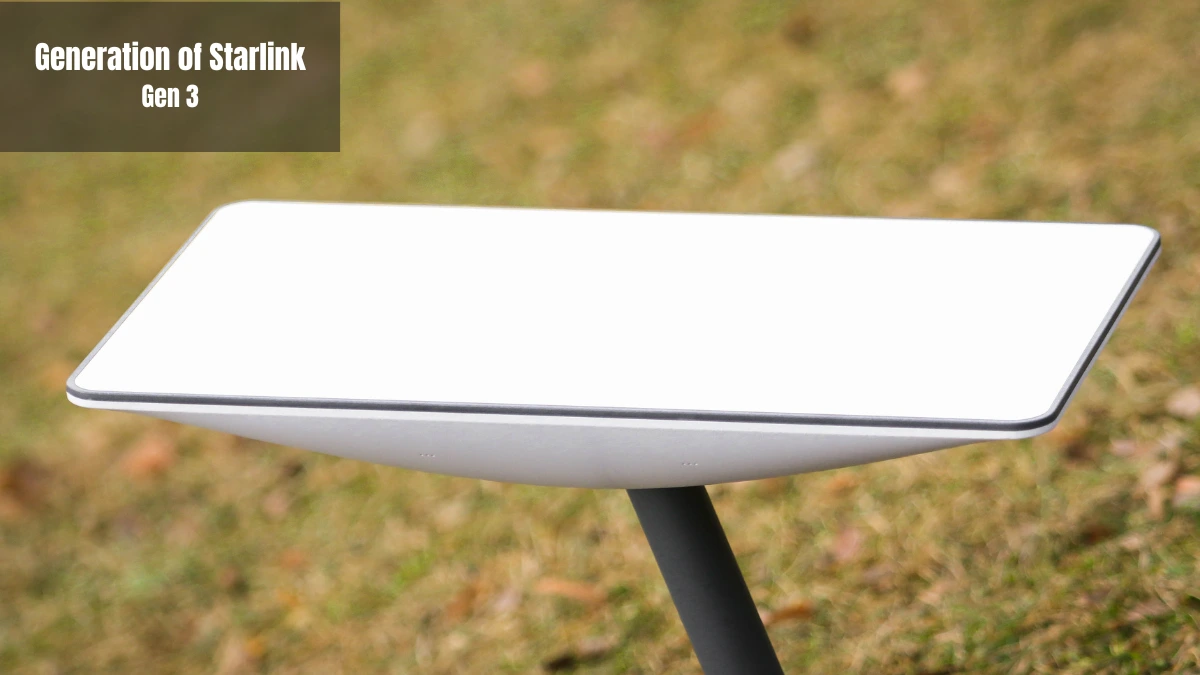Starlink is a technology from SpaceX that has been around since 2015. Since its introduction, there have been several generation of Starlink. Each generation brings innovations that improve on the previous one.
Each generation of Starlink has its own unique characteristics, complete with advantages and disadvantages. Therefore, Elon Musk, as the owner, continues to innovate by launching the latest generation.
In this article, we will inform you about the technological developments generation of Starlink from Gen 1 to Gen 3. Read on to learn more about this technology from Elon Musk's SpaceX.
The Generation of Starlink

Starlink Gen 1
Starlink Gen 1 is the initial version of the satellite dish used to receive signals from SpaceX's Low Earth Orbit (LEO) satellite constellation. To access the internet, this early generation requires a non-removable cable. This can be very inconvenient if the cable breaks, as the entire antenna must be replaced.
With a circular design, this generation of Starlink had relatively high performance when it first appeared. However, its performance was still not optimal compared to later generations.
Gen 1 has the widest field of view and can function well in areas with atypical installations up to the polar latitudes. This is very helpful in providing internet access in hard-to-reach areas.
Starlink Gen 2

Starlink Gen 2 comes with several innovations and improvements, one of which is a detachable cable and a different router design. This innovation makes it easier to replace the cable in case of damage, so there is no need to replace the entire antenna.
This second generation of Starlink is also equipped with inter-satellite communication lasers and larger antennas for direct communication with T-Mobile mobile devices. Not only does it offer new features, but this generation also provides a performance boost with speeds up to 1.8 Gbps.
In addition to its high speed, Gen 2 delivers stable performance and longer uptime for use in various locations. However, a drawback is its high power consumption, ranging from 50 to 75 watts.
Starlink Gen 3

Starlink Gen 3 is the newest generation with significant improvements. This device comes with higher speeds of up to 4 Gbps. It also has a wider range with a WiFi 6 router. In addition, this latest generation is equipped with a wider area coverage, making it ideal for creating a smooth mesh network.
All of its latest innovations are, of course, designed to ensure a more reliable and user-friendly internet experience. On the other hand, this device comes with a more compact and sturdy design. It is even rumored to have the ability to melt snow, allowing it to operate in various weather and environmental conditions.
Starlink Gen 3 installation is simpler with the Power over Ethernet (PoE) system. However, the downside is the higher power consumption of around 75-100 watts.
That is an explanation of the generation of Starlink, from Gen 1 to Gen 3. Starlink will certainly continue to evolve to deliver higher speeds, wider coverage, and more user-friendly designs.
Understanding the differences between these generations will certainly help broaden your knowledge about the Starlink technology introduced by SpaceX. Additionally, it will enhance your understanding of reliable internet access solutions, especially for areas where cable access is unavailable.